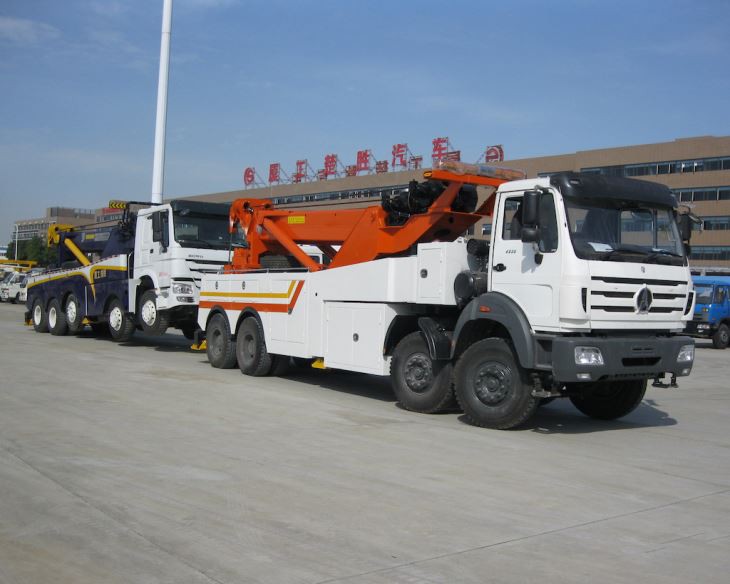Introduction
Fires can be devastating, affecting homes, businesses, and entire communities. The importance of having the right fire tools and equipment cannot be overstated. Whether for firefighting professionals or for home and business use, a comprehensive understanding of fire tools and equipment is crucial. This article aims to provide an extensive overview of fire tools, their uses, and best practices to ensure safety and efficiency in fire prevention and firefighting efforts.
Types of Fire Tools and Equipment
1. Fire Extinguishers
Fire extinguishers are one of the first lines of defense against fires. They are categorized based on the type of fire they can combat.
| Type of Extinguisher | Uses | Fire Classes |
|---|---|---|
| A | Wood, paper, textiles | Class A |
| B | Flammable liquids, gases | Class B |
| C | Electrical fires | Class C |
| D | Combustible metals | Class D |
| K | Cooking oils and fats | Class K |
2. Fire Hose and Nozzles
A fire hose is essential for transporting water to extinguish fires. The nozzle regulates water flow and pressure.
- Types of Hoses: Lightweight hoses are suitable for residential use, while heavy-duty hoses are used by fire departments.
- Nozzle Variations: Smooth bore nozzles provide a steady stream, while fog nozzles create a mist for cooling and safety.
3. Fire Blankets
Fire blankets are made from flame-resistant materials and are used to smother small fires, especially in kitchens.
- Usage Tips: Keep a fire blanket easily accessible, particularly in cooking areas.
4. Fire Axes and Hooks
These tools are primarily used by professional firefighters. Fire axes can chop through doors or ceilings, while hooks are useful for pulling down materials.
- Fire Axes: Ensure the axe is well-maintained; a dull axe can lead to injury or delay.
- Hooks: Used for accessing hard-to-reach areas to put out fires.
5. Personal Protective Equipment (PPE)
PPE is crucial for firefighters to protect themselves from heat, chemicals, and falling debris.
| PPE Item | Description |
|---|---|
| Helmet | Protects from heat and falling debris. |
| Firefighting Gloves | Provides protection from heat while maintaining grip. |
| Bunker Gear | Insulated suits that protect body from extreme temperatures. |
| Boots | Waterproof and heat-resistant, providing necessary support. |
6. Smoke Detectors and Alarms
Smoke detectors are essential for early fire detection and prevention.
- Placement Tips: Install smoke detectors on every level of your home, especially near sleeping areas.
- Maintenance: Change the batteries at least once a year and test them monthly.
7. Fire Ladders
Fire ladders are essential for reaching high places during a fire emergency.
- Types: Extension ladders are great for residential use, while aerial ladders are used by fire trucks for high-rise buildings.
8. Water Supply Equipment
Efficient water supply is crucial for firefighting. This includes hydrants, valves, and water tankers.
- Hydrants: Make sure your local fire hydrants are accessible and visible for emergency use.
- Tankers: Used in areas without a municipal water supply.
9. Fire Restraining Tools
Fire restraining tools such as fire barriers, firebreaks, and fire-retardant gels help control fires during wildfires.
- Fire Barriers: Created to stop the spread of fire.
- Fire-Retardant Gels: Applied to structures to protect from heat and flames.
10. Fire Training Equipment
Fire training equipment is essential for improving the skills of firefighters.
- Training Simulators: Provides real-life scenarios for practice.
- Dummy Equipment: Used for practicing rescue techniques.
Choosing the Right Fire Tools for Your Needs
When picking fire tools and equipment, consider the following factors:
- Purpose: Determine whether you need tools for firefighting, prevention, or training.
- Environment: Select equipment that is suitable for the environment, whether residential, industrial, or commercial.
- Regulations: Be aware of local laws and regulations regarding fire safety equipment.
Fire Safety Tips
Implementing fire safety practices is as important as having the right tools. Here are some tips:
- Conduct regular fire drills in the workplace and at home.
- Have a designated meeting place outside for family members during emergencies.
- Keep flammable materials away from heat sources.
- Regularly check and maintain fire safety equipment.
Understanding Fire Ratings and Standards
Fire tools and equipment come with different ratings and standards based on their effectiveness and safety. Understanding these ratings can help ensure proper selection and use. Some important standards include:
- NFPA: The National Fire Protection Association provides guidelines and standards for fire safety.
- UL: Underwriters Laboratories tests products for safety and performance.
- ISO: The International Organization for Standardization provides international standards for various safety equipment.
FAQs
1. What type of fire extinguisher should I have at home?
A multi-purpose extinguisher labeled for Class A, B, and C fires is recommended for home use.
2. How often should smoke detectors be tested?
Smoke detectors should be tested monthly to ensure proper functionality.
3. What is the best way to maintain fire safety equipment?
Regularly inspect equipment, follow the manufacturer’s maintenance guidelines, and replace any expired tools.
4. Can I use water to extinguish an electrical fire?
No, using water on an electrical fire can create a risk of electrocution. Use a Class C fire extinguisher instead.
5. How do I properly use a fire extinguisher?
Remember the acronym PASS: Pull the pin, Aim low, Squeeze the handle, and Sweep from side to side.
6. Are there any fire tools specifically for wildfires?
Yes, tools such as firebreaks, tools for creating barriers, and fire-retardant gels are specifically designed for controlling wildfires.





